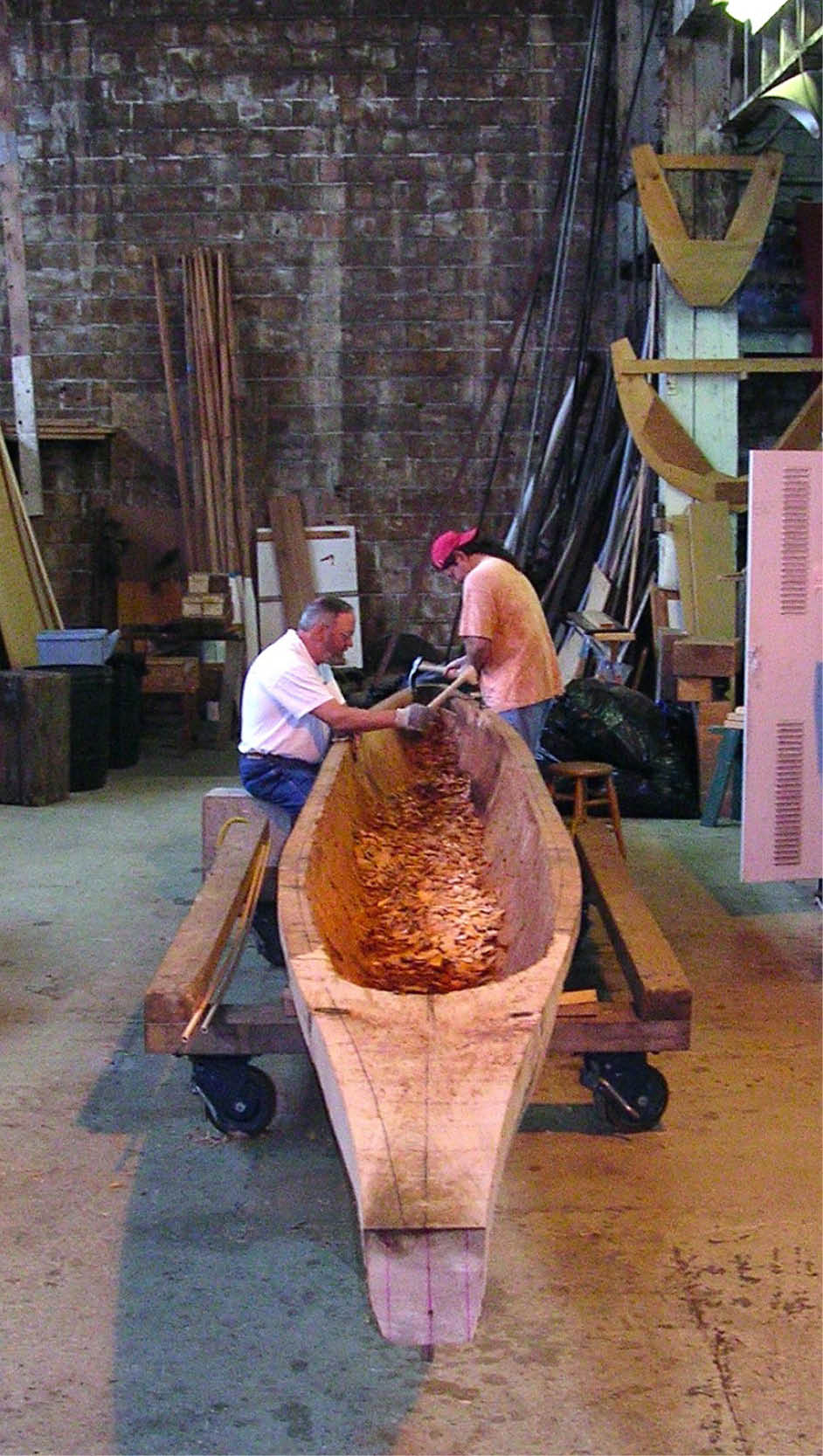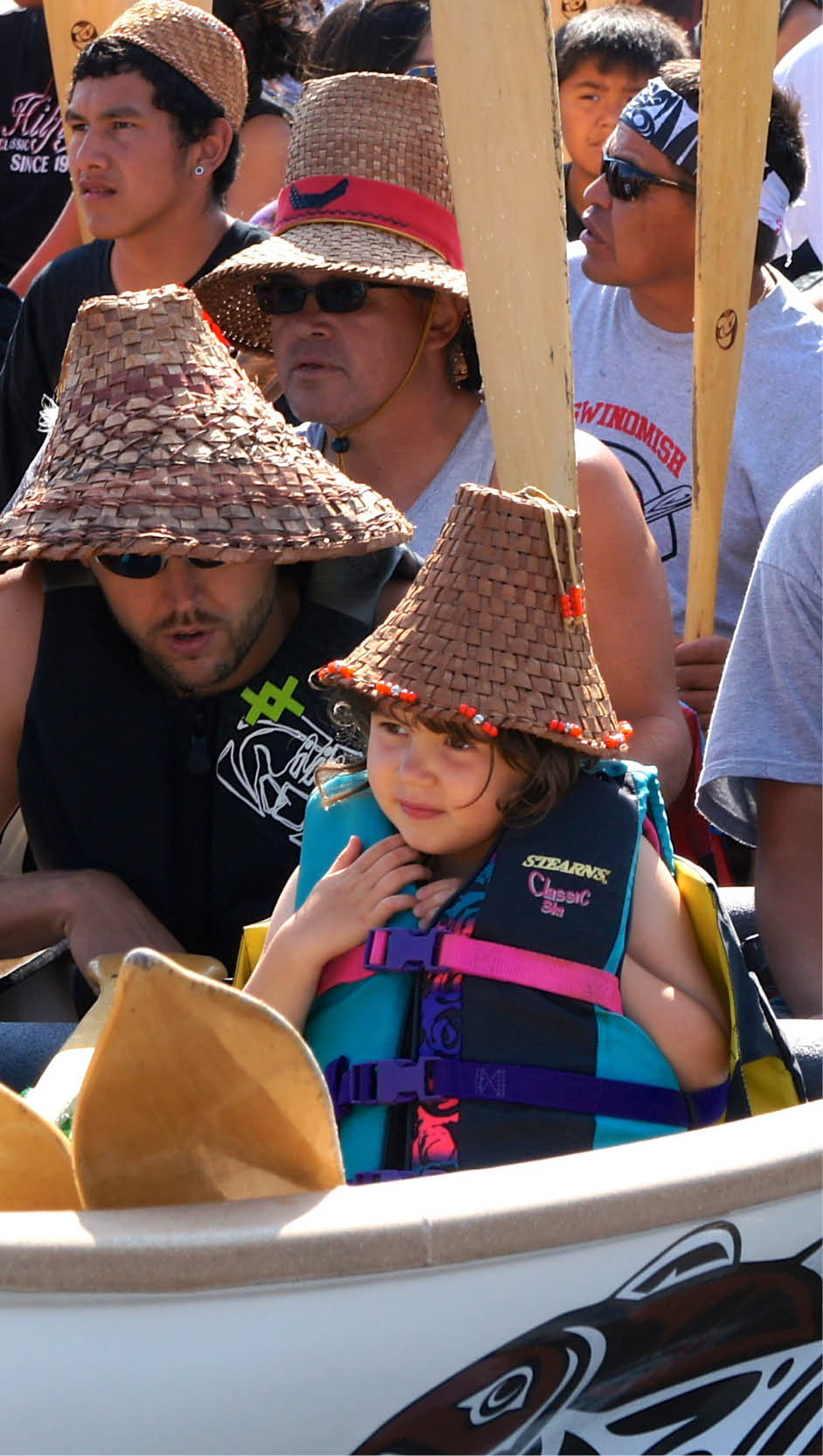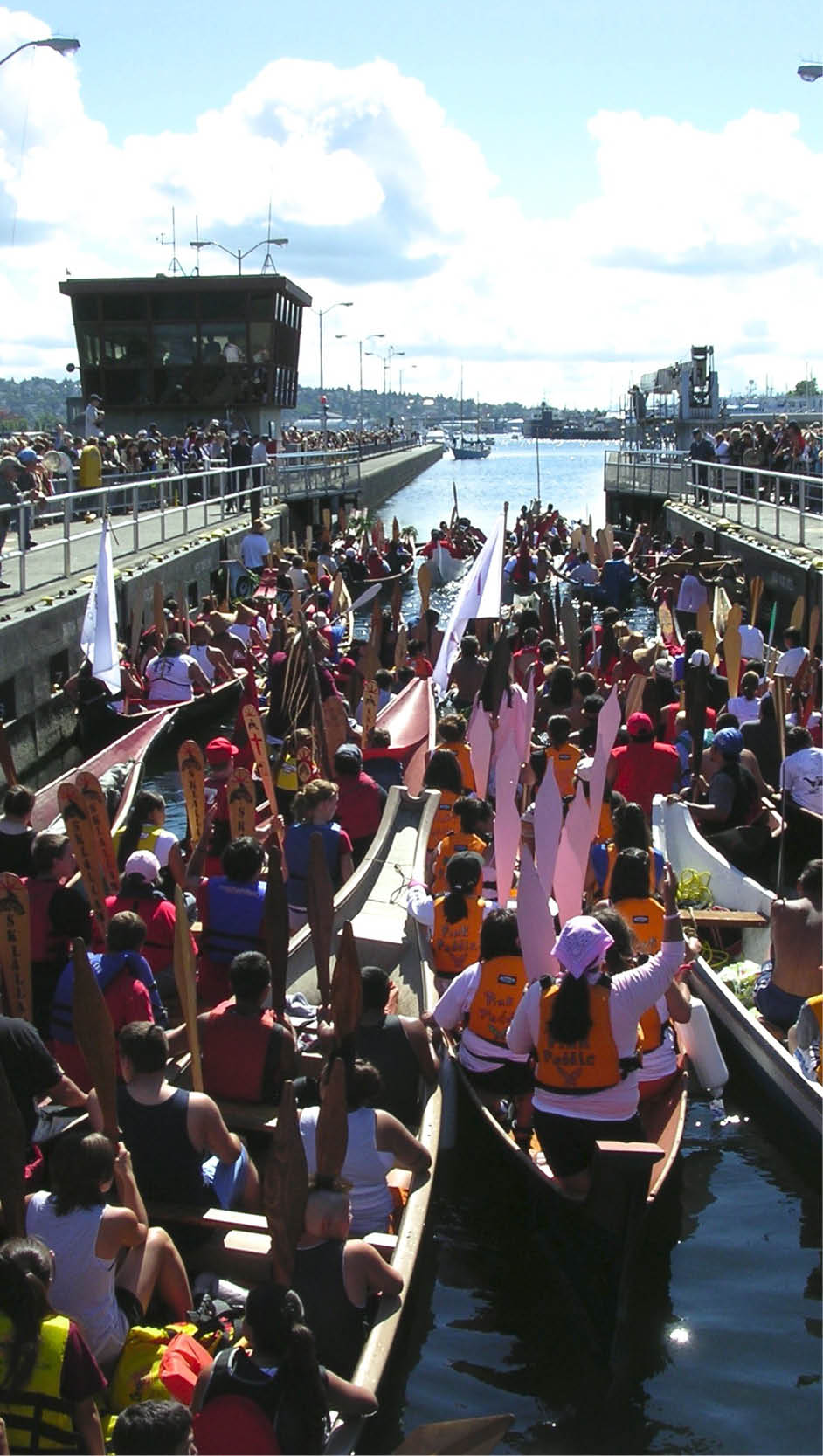Carrying Traditions by Canoe: The Tribal Journeys Movement in Washington
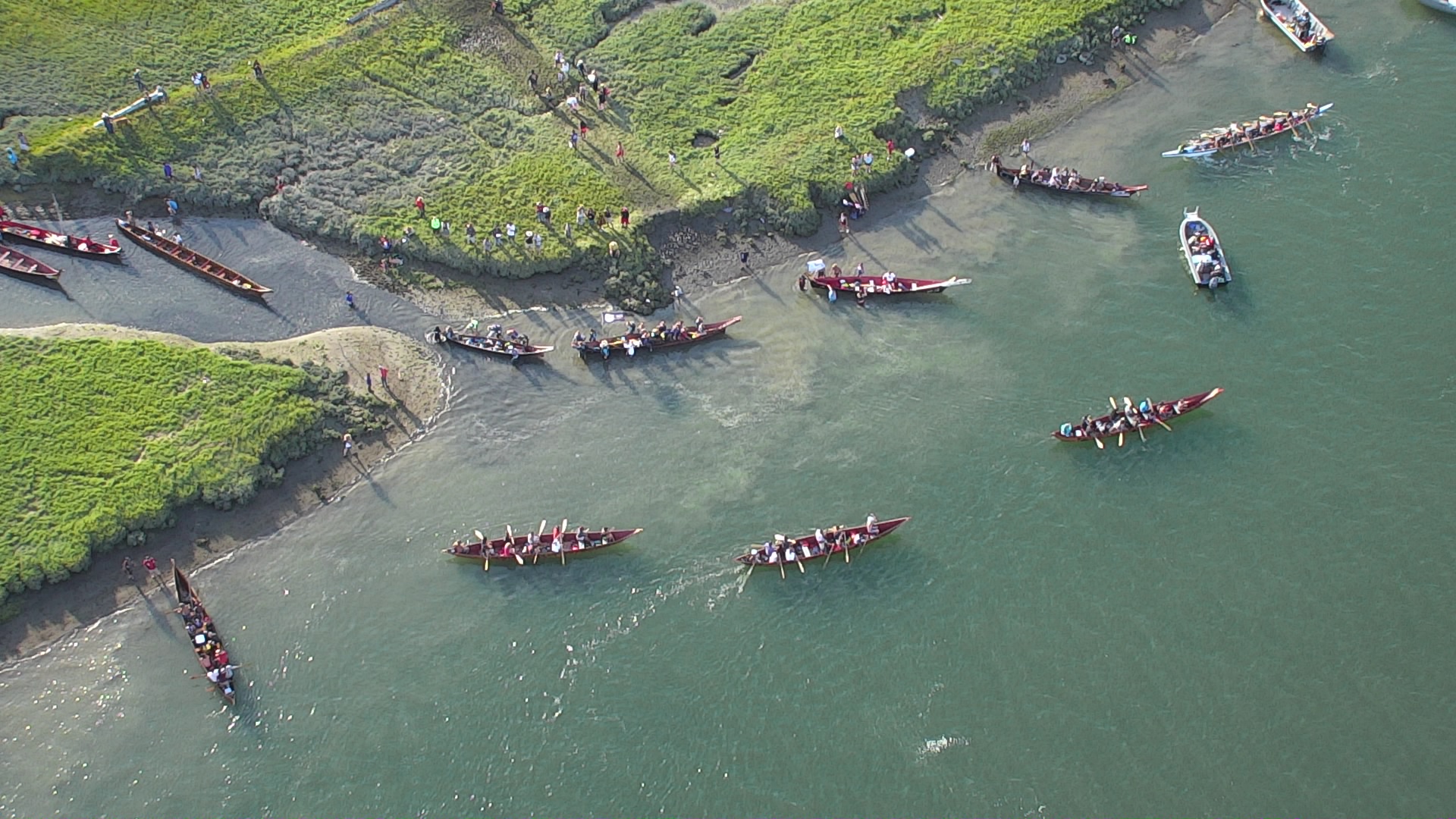
By Philip H. Red Eagle
Note: this article was originally published in the Fall 2020 issue of This Place magazine under the title “Tribal Journeys.” Image above: Canoe Journey 2019 landing at Swinomish, photo by Swinomish Police Department, courtesy of Swinomish Tribal Archive.
What we now know as Tribal Journeys started back in the 1980s and culminated in what would eventually be called “The Paddle to Seattle” in 1989 for the Washington State Centennial. The Paddle was initiated, constructed, and completed by our Elder Emmett Oliver (a member of the Quinault Indian Nation), who went to Governor Booth Gardner in the mid ‘80s and requested that there be Native American participation in the Centennial programming. The Governor gave Emmett the nod, and then Emmett began the return of the canoes and the beginning of Tribal Journeys.
In the now-famous “Paddle to Seattle,” multiple tribes carved big traditional canoes and paddled from the Suquamish tribal lands on Agate Pass to Seattle’s Golden Gardens Park. An immediate outcome of the Paddle to Seattle was a second canoe journey to Bella Bella in 1993. It was that journey that led to the development of a canoe protocol.
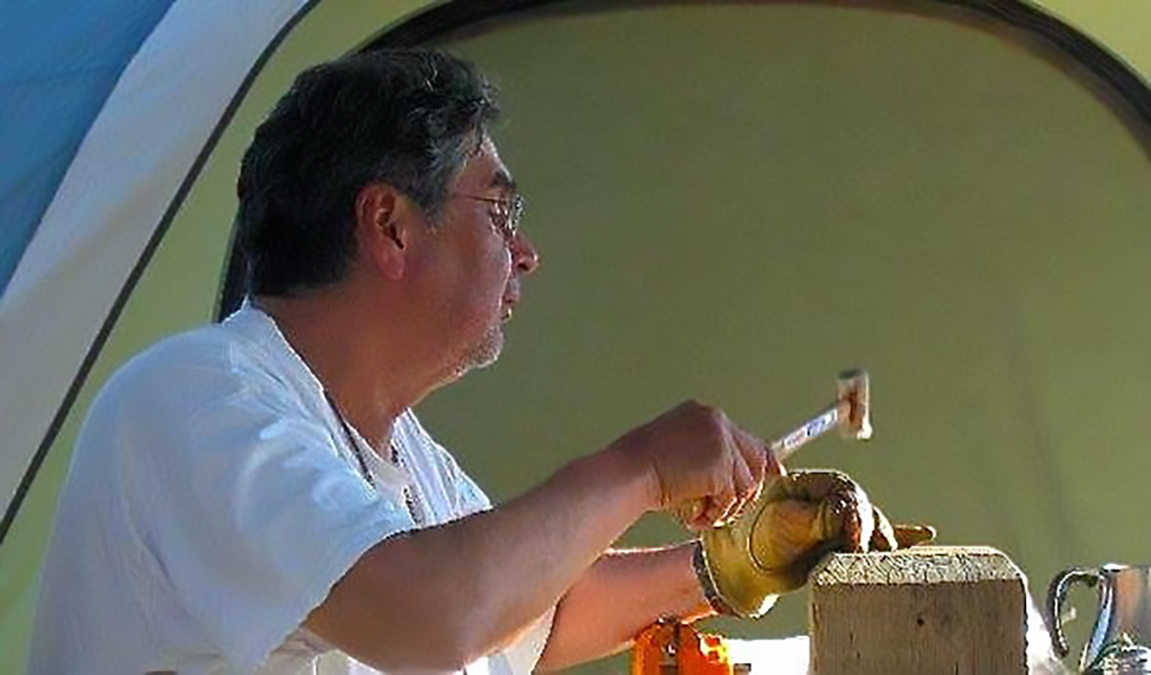
Another, and stronger, element of the program would be the use of Traditional Ceremonies handed down by the elders of many of the tribes in the region. It would be these ceremonies that would bind the various tribes and tribal organizations into a contiguous movement toward traditional values and processes. We also decided that these ceremonies and traditional practices would be placed in the canoe. The canoe would carry these practices and values and would teach the young people, and others who cared to learn, these elements.
In 1994, Tom Heidlebaugh and I, along with other members of the Cedar Tree Institute—a cultural advocacy organization formed by Tom Heidlebaugh— began looking for a way to teach culture to the local tribes and other Native individuals in the area. We decided that the canoe should play a vital role in the development of this teaching program.
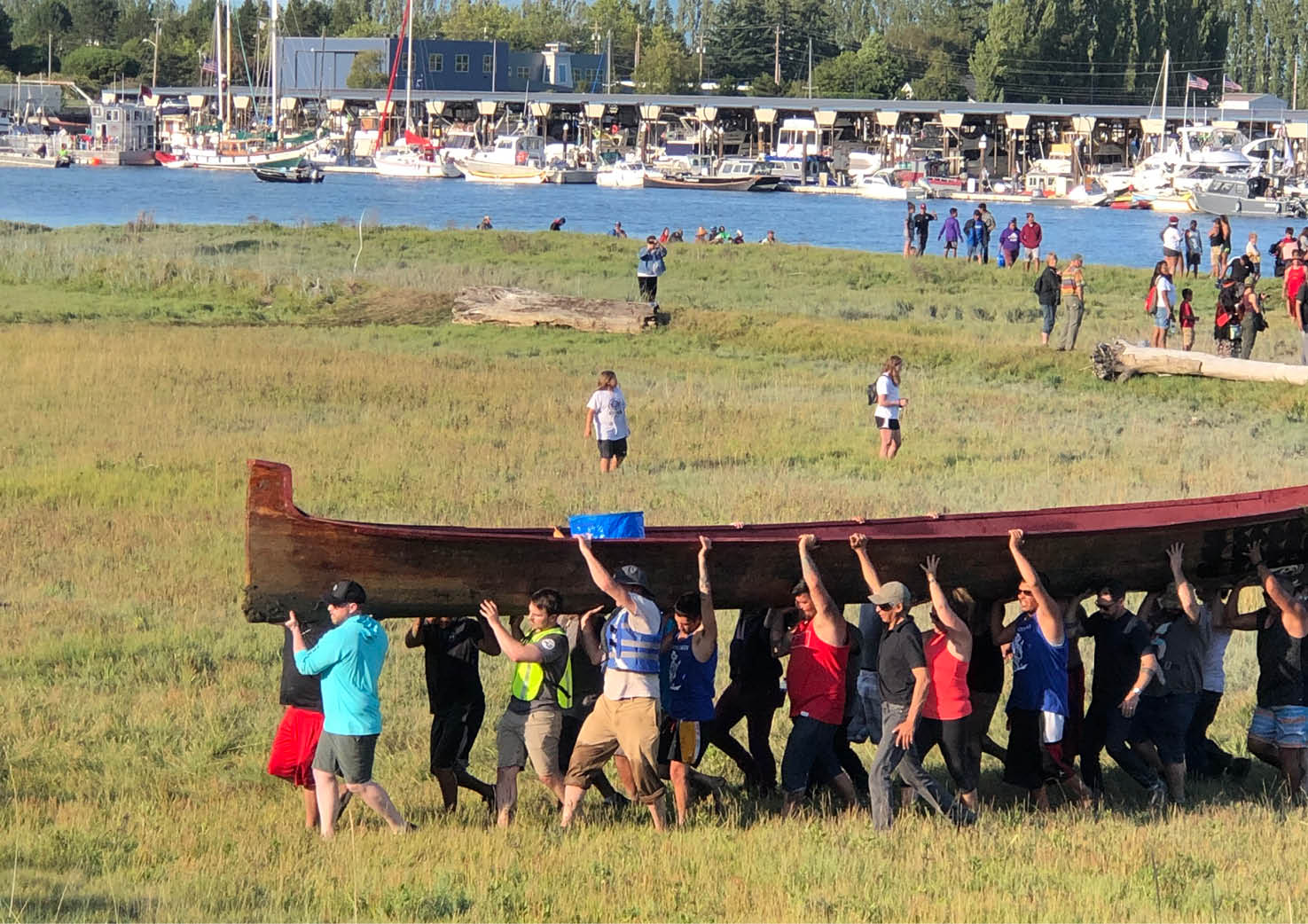
We also decided that each journey should begin with a ceremony. During the ceremony, each person on a canoe journey must promise to conduct themselves according to the following Ten Rules of the Canoe, which were developed and presented in Tacoma at the Northwest Experiential Education Association Conference in 1990 by Tom Heidlebaugh and David Forlines:
Rule One: Every stroke we take is one less we have to make.
Rule Two: There is to be no abuse of self or others.
Rule Three: Be flexible.
Rule Four: The gift of each enriches all.
Rule Five: We all pull and support each other.
Rule Six: A hungry person has no charity.
Rule Seven: Our experiences are not enhanced through criticism.
Rule Eight: The journey is what we enjoy.
Rule Nine: A good teacher always allows the student to learn.
Rule Ten: When given a choice at all, be a worker bee–make honey!
The device for this ceremony is a copper ring necklace, and the ceremony is called the Copper Ring Ceremony. This copper ring is a constant reminder to each bearer of these ten rules. This “program” was first instituted in 1995 and 1996 while on a canoe journey titled the Full Circle Journey. This two-part journey around Key Peninsula started in 1995 with a paddle from the Skokomish Reservation to the Suquamish Reservation and concluded in 1996 with a second journey from Suquamish to Squaxin Island. There were three canoes and 50 participants on the first leg and seven canoes and 280 participants on the second leg. Ever since that journey, the Copper Ring Ceremony and the Ten Rules of the Canoe have remained a part of the annual Tribal Journeys. Tom Heidlebaugh died from cancer in 1997. I have made over 7,000 copper ring necklaces and conducted several hundred Ring Ceremonies since 1995.
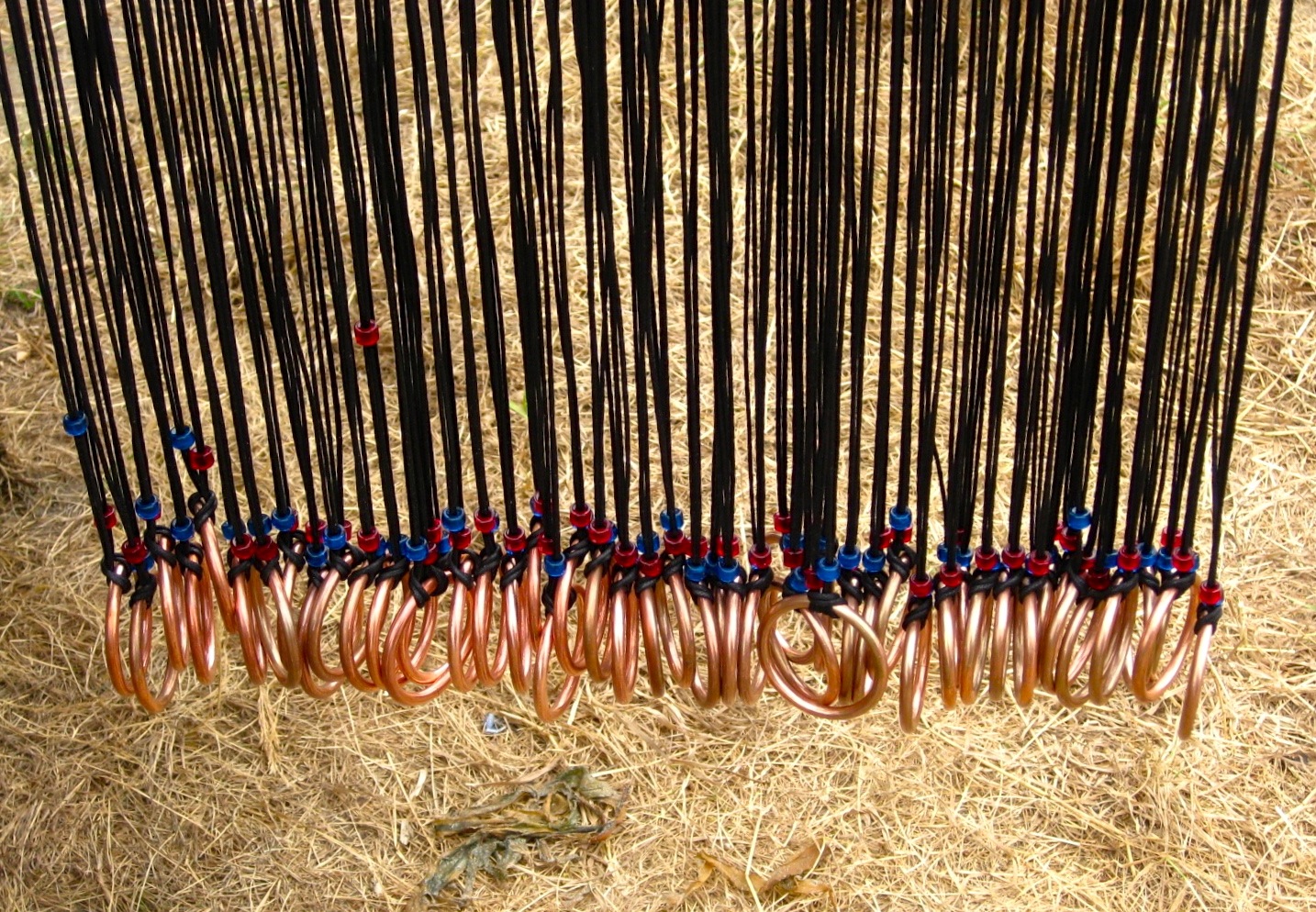
Currently, after 25 years of annual journeys, there are up to 125 canoes and 10,000 participants arriving at each Hosting, meaning the ending site and ceremony for the annual journey. Over those years there have been 23 Hosts. Tribal Journeys was canceled in 2020 to meet safety precautions for COVID-19, but planning is underway for 2021.
October 2022 update: full-scale Tribal Journeys did not take place in 2021 after all, nor 2022. However, plans are taking shape to bring back this unique and important tradition in 2023.
